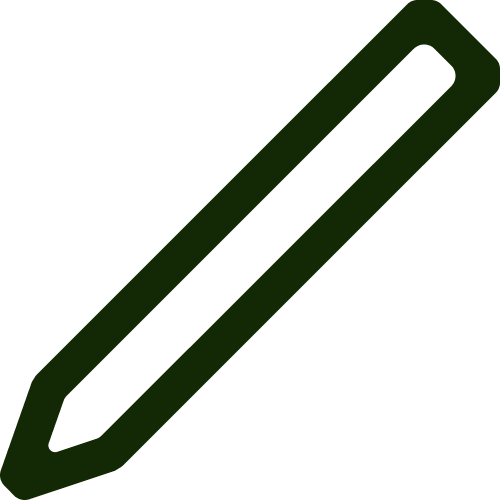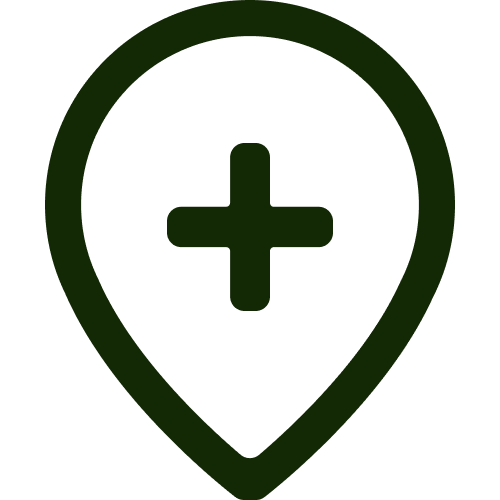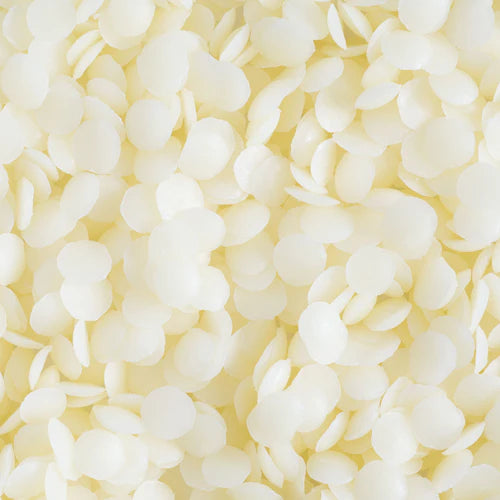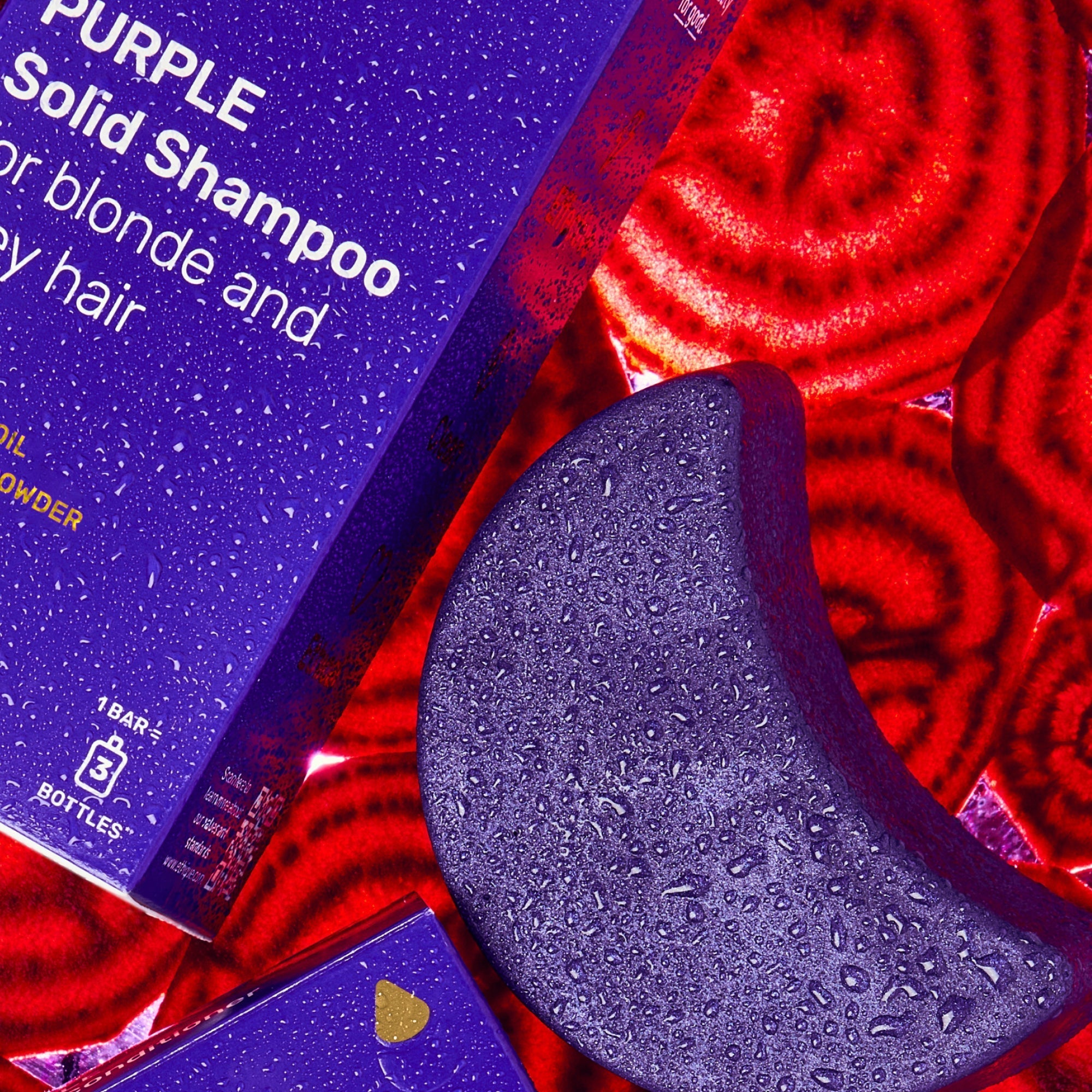Our hair and face bars are soap-free. And some of them are sulfate-free too, like Wombar, Bar Minimum and Tone it Down (and there are some new ones on the way too 😉)
So, if they are sulfate, and soap-free, how on earth do they work?
The answer is surfactants (short for surface active agents).
Surfactants are a group of ingredients that makes shampoos foam, the oils and water in creams mix and your mayonnaise stay together. Essentially, they just lower the surface tension between two liquids or a liquid and a solid allowing them to come together.
Within this surfactant group, there are three rough groups again; emulsifiers, soap and detergents.
Emulsifiers are used in creams and lotions to hold oil and water together to create moisturisers and other products.
The two that are usually used in cleansing products are the latter two; soap and detergents.
Soap is created through saponification, which is where oils and fats are mixed with an alkali (like sodium hydroxide). The reaction (if carefully calculated) will ensure there is no sodium hydroxide left in the soap. Because of the strong base, soap is naturally alkaline with a pH of about 9 (depending on a few factors). Read here why a high pH is bad for hair. Soap is typically considered more ‘natural’ but its not necessarily the case as sodium hydroxide is now all made synthetically.
Detergents (a word people don’t typically like), are made in a variety of different processes, resulting in a large group of chemicals where some are considered natural and some are not. Detergents are made from a variety of materials, such as petrochemical derivatives, palm oil and coconut oil. (Those of you wondering, we don’t use petrochemical or palm oil derived surfactants!) Detergents vary in pH from alkaline to acidic, meaning chemists have a lot more flexibility to formulate.
Bottom line? Both have excellent cleansing properties, neither is necessarily safer or gentler than the other when used properly and both are biodegradable (there are some exceptions with a couple of surfactants - but we definitely don’t use those!).
Sulfates are yet another group, within detergents. But they are not the largest part of that group, so the simple answer is that we select different surfactants for our bars.
One of my favourite ingredients is called sodium cocoyl isethionate (SCI) – it’s a very gentle surfactant that unusually also produces an abundance of bubbles. Made from coconut oil typically (though there are palm derivatives out there, don’t be fooled). You will find SCI in a LOT of our bars!
That brings me to the next commonly asked question, which is about lather.
Does lots of bubbles mean extra clean? And conversely, does little lather mean it’s a rubbish cleanser?
No, lather is inconsequential to how cleansing a product is. Bubbles are created by the surfactant lowering the water tension and keeping the water molecules apart so that air mixes in. Some surfactants are a lot better at this than others, creating bigger, longer lasting bubbles, whereas some create thicker, creamier lather. Sulfates are typically very good bubble makers which is why they are ubiquitous in so many products, like shampoo and toothpaste.
These bubbles make no difference to how easily dirt and oil is removed, but they can help a little with spreading the product around your face or scalp.
But really, we are just conditioned to expect bubbles, and to link bubbles to cleanliness.

 Impact
Impact Blog
Blog Store Locator
Store Locator


